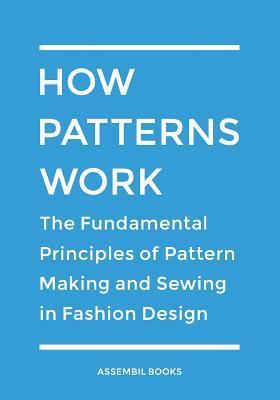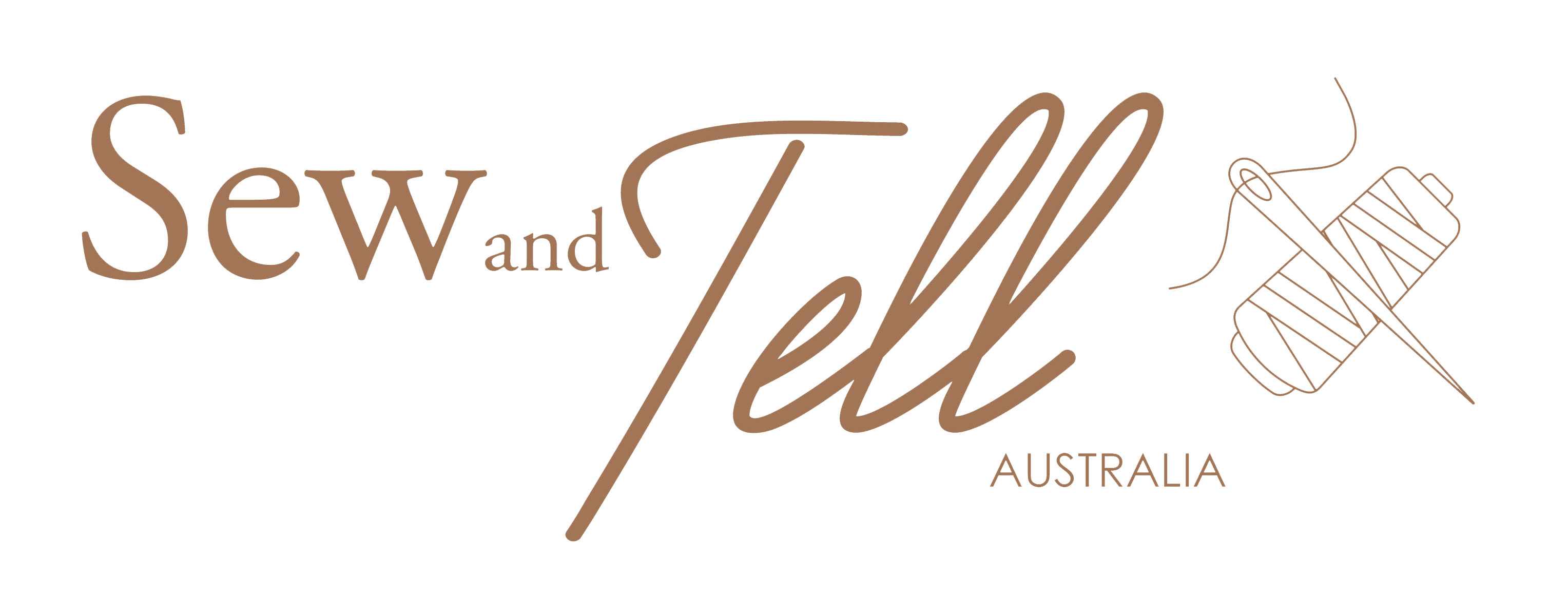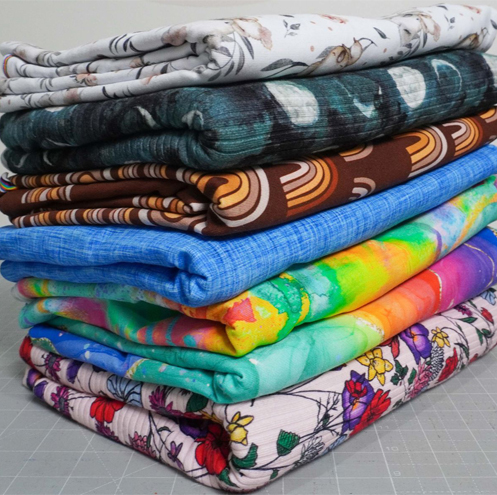How to Pattern Draft: My tips for books that will be your best friend
If you have ever wanted to draft your own patterns, you might have been a little bit overwhelmed at what needs to be done to get those beautiful finished pieces.
To help you understand how to get started, I am going to share my top 2 books that really help you get a solid foundation to build from.
1. Winifred Aldrich's - "Metric Pattern Cutting for Women’s Wear"

This is the number 1 book I use when I am creating any blocks/slopers. For those that don’t know, a ‘block’ or ‘sloper’ is the base of any pattern piece. This is created to your exact measurements and if you made it up, would be like a second skin.
Once you have your block, that is when you add your seam allowance and start to design the pattern you want to make. All patterns are drafted from a block. Most pattern companies and even clothes manufacturers have their own set of blocks in different sizes that they base all their clothes off. It’s a big reason why there is such a difference in sizes across the world. Everyone uses their own set of blocks to start with.
 The ‘Metric Pattern Cutting for Women’s Wear’ is like the bible for how to create a block in your or your model’s measurements. Winnifred goes into detail about how to measure, draft and create your block, as well as how to turn your blocks into some basic patterns once you’ve created them.
The ‘Metric Pattern Cutting for Women’s Wear’ is like the bible for how to create a block in your or your model’s measurements. Winnifred goes into detail about how to measure, draft and create your block, as well as how to turn your blocks into some basic patterns once you’ve created them.
On its own it can be a little confusing to get your head around how to do all the measurements. I suggest watching a tutorial that uses Winifred’s methods as a companion piece to the book to help you better understand what you need to do.
 My very first block was made from this book and it turned out great. Remember though, practice makes perfect, and every ‘body’ is different, so you will still need to make toile’s/muslin’s (practice garments) to get your pattern right before you cut into your good fashion fabric.
My very first block was made from this book and it turned out great. Remember though, practice makes perfect, and every ‘body’ is different, so you will still need to make toile’s/muslin’s (practice garments) to get your pattern right before you cut into your good fashion fabric.
2. "How Patterns Work" – Your Pattern Whisperer:

“How Patterns Work” is a pattern making book that takes a refreshing back-to-basics approach, making it an ideal starting point for total beginners. It simplifies the complex world of pattern making by focusing on fundamental principles rather than overwhelming measurements and ratios. This book serves as a prequel, perfect for those new to sewing or home sewers looking to transition into making pattern adjustments. It is equally beneficial for fashion design students, offering key terms, concepts, and basic pattern changes to boost confidence in creating unique designs. Even fashion professionals can find value, especially when faced with complex alterations or creative experiments.
The 2D to 3D approach is a highlight, emphasising the translation of body curves into a 2D blueprint, a crucial concept in pattern making. Rather than drowning readers in measurements, the book acts as a pattern making companion, explaining common terms, ensuring accurate communication, and providing simple pattern alterations. The second half introduces a range of pattern changes through various methods, allowing readers to see the impact on fabric without getting bogged down by specific garment shapes.
Forget about endless tables of measurements – this book focuses on the logic behind pattern changes, designed to help concepts ‘click’ for the reader. It builds pattern confidence by teaching the ‘why’ behind pattern changes, empowering individuals to apply these principles independently. In essence, “How Patterns Work” serves as a guide to understanding the mechanics of pattern and fabric interactions, equipping readers with the skills to make changes confidently without relying solely on specific pattern recipes.
Pro Tip: When diving into pattern making, arm yourself with a flexible tape measure. It’s the unsung hero of accurate measurements! It also helps to have pattern paper, a set square and french curve ruler for pattern drafting. I’ve listed my faves here.
Putting Your Knowledge into Practice:
Pattern drafting is a skill that with time and practice, can be so worth the effort of investing in. Being able to create patterns to your measurements from the start is very satisfying and ensures you get the right fit.
I won’t lie though, I personally find pattern drafting a challenge and generally opt to adapt someone else’s pattern rather than make my own. However, I understand the basics of pattern drafting so it makes it much easier to be able to adapt patterns and also if I needed to make my own pattern, I know I could. I certainly have in the past and it is so satisfying.
So now you know where to start, grab these books and get started creating the patterns of your dreams!
What next?
Stop wasting fabric and time on projects that don't fit right.
Learn to sew with confidence and let me guide you to more sewing success.

